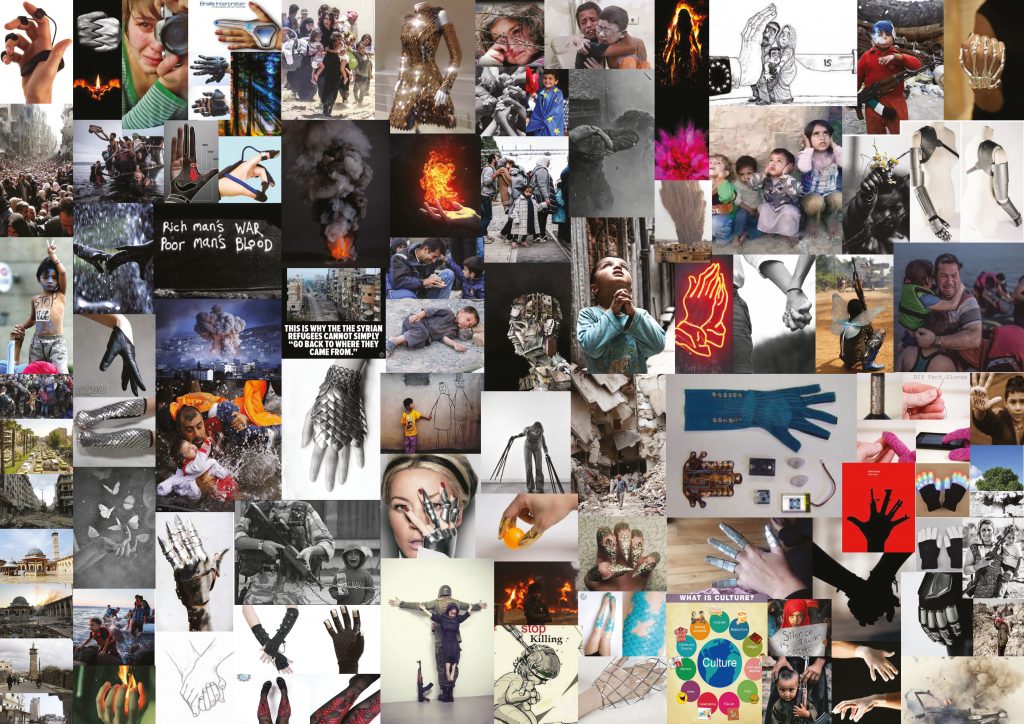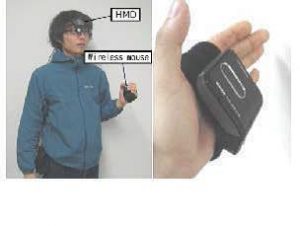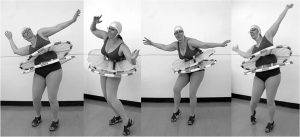Here is our final story board with updated script as well.
Fashionable Magic Act’s Quick Changes Amaze the Audience
Sos & Victoria: Fashionable Magic Act’s Quick Changes Amaze the Audience – America’s Got Talent 2016.
A married couple marries fashion and magic for an amazing stage show.
Sos and Victoria Petrosyan are performing an extraordinary act. And they‘re fast – very fast. They have to be, since time is always working against them.
Hardly ever before the art of quick change magic has been seen as perfect, as professional and as elegant, not to mention their originality and sheer virtuosity.
Sos and Victoria Petrosyan have created a unique act, the quick change has become their signature piece. Although they are very active in other fields of magic, too: Just think of their truly poetic presentation of the floating and dancing cane. Or think of their most original interpretation of grand illusions. Another fine example is their version of the „little magician“.
Extra links:
http://www.sosmagic.com/
http://www.sosmagic.de/
MOODBOARDS
Inspirations-Ideas-Design
First Moodboard (concept & costume inspirations):

https://www.pinterest.de/laliraya/moodboard-my-t-shirt-is-my-remote-control/
Current Moodboard:

https://www.pinterest.de/laliraya/costume/
Extra links ( pictures found at): https://es.dreamstime.com/imagenes-de-archivo-ropa-del-blanco-del-hombre-joven-image36508034 https://es.123rf.com/photo_16794141_imagen-del-estudio-de-un-hombre-joven-y-guapo-posando-aislado.html?fromid=dHFNbjBIWFdqMVU0cXRqTTBycmZzdz09 https://www.fotolia.com/search?serie=81492962
Evaluation on Performer Support Methods for Interactive Performances Using Projector
Source: Authors: Jun Ikeda Kobe University, Kobe, Japan Yoshinari Takegawa Kobe University, Kobe, Japan Tsutomu Terada Kobe University, Kobe, Japan Masahiko Tsukamoto Kobe University, Kobe, Japan
MoMM ’09 Proceedings of the 7th International Conference on Advances in Mobile Computing and Multimedia, Pages 105-112, Kuala Lumpur, Malaysia — December 14 – 16, 2009 ACM New York, NY, USA
Summary : Lately the performances are getting more attention when they use computer technologies. Performances with a person having some sort of interaction with projections are very entertaining to watch.
This article talks about the evaluation and experimentation of interactive performances using a projector. The goal of this article is to improve the way the performers are interacting with the projections and to support them using display devices like HMD.
In the entertainment world, the interactive performances are much known and there is always the desire to explode their potential. The idea is always to improve the performance itself. But this research is about supporting the performer.
In this article, the authors try to find the main problems on stage so they classified the performances in two principal types: the first one is when the projection is basically a movie and the performer has to memorize everything in order to perform in time. And the second type of performance is when the projections are based on the performer actions.
The article also mentions the situations a performer can face WHEN the performance is: facing the audience, facing the screen, in parallel with a screen, in contact with a screen, far from a screen and when using part of the body. In most situations the performer has difficulties to see the entire projected image.
Some display devices (HMD, Monitor, Projection on floor, Earphone) where took into consideration and they mention they pros and cons. At the end they choose the HMD because is the most effective and they adapted it as a display device, additionally they added a wireless mouse to the experiment. They made performers play some games using the HMD and the wireless mouse in order to evaluate the recognition speed, understanding of the object position and timing recognition of changing images. At the end the results vary, sometimes the problem was the delay in displaying images.
Other evaluations were: to see the naturalness of the performer when facing the audience, when the performer is far from the screen and is using a real object and when he/she touches the screen. In conclusion they found out their method is effective but they want to improve it and try similar works but with more than one performer.
Relevance for our project: This article is very relevant to our project. I see this article as a piece of advice. I am sure this research can help us with the developing of our ideas and with finding/creating hardwares we may need.


WIDE/SIDE
hipDisk: understanding the value of ungainly, embodied, performative, fun
Source: Danielle Wilde. 2012. hipDisk: understanding the value of ungainly, embodied, performative, fun. In CHI ’12 Extended Abstracts on Human Factors in Computing Systems (CHI EA ’12). ACM, New York, NY, USA, 111-120. DOI: http://dx.doi.org/10.1145/2212776.2212789
Summary: The hipDisk is a device to be worn on the waist. It consists of two disks that do not touch each other, and extend the wearer’s hips horizontally. If the disks touch each other an electronic circuit gets closed, tones are triggered, and played through the integrated speakers. Soft switches are placed around the outer line of the disks, and the wearer needs to make strange movements with his/her torso causing the two disks to touch, and actuate sound. The creator’s idea was to give the moving body musical capabilities while doing unusual bends and twists with one’s hips. This opens new ways of moving to people, and extends perceiption as well from a user’s as from an observers perspective. The attention is shift to a new way of expressiveness, using it makes fun, and extends the wearer’s motor skills. Whereas from an observer’s perspective engagement increases because everyone wearing the hipDisk looks clumsy and silly, there is no way of delicate movements, but wearers seem to have fun, what makes one curious from the outside view to have the same uncommon experiences.

Relevance for our project: The hipDisks are an innovative wearable interface sensing uncommon movements of the human body – this can be inspiring for us to find our own ideas, and define an interaction scenario for on-stage performances. On the other hand, this device combines sensor (soft switches) and actuators (speakers) both at the same time, but we are to create a wearable that senses bodily data from its wearer, and reflects them through its environment. That means the signals gathered through the switches should have been transmitted wirelessly to an external music system for fullfilling our requirements. Further, the hipDisks can be worn by everyone, and we aim to create an application for performers (e.g. dancer or actors), but since the movements caused by the hipDisks are very uncommon and entertaining we guess they offer great on-stage capabilities.
Body Pads
Lizzy Scharnofske plays her drums while dancing.
zynchron
Interesting Project where the dancer controls the projection through her dress.
project website: http://www.zynchron.com/
